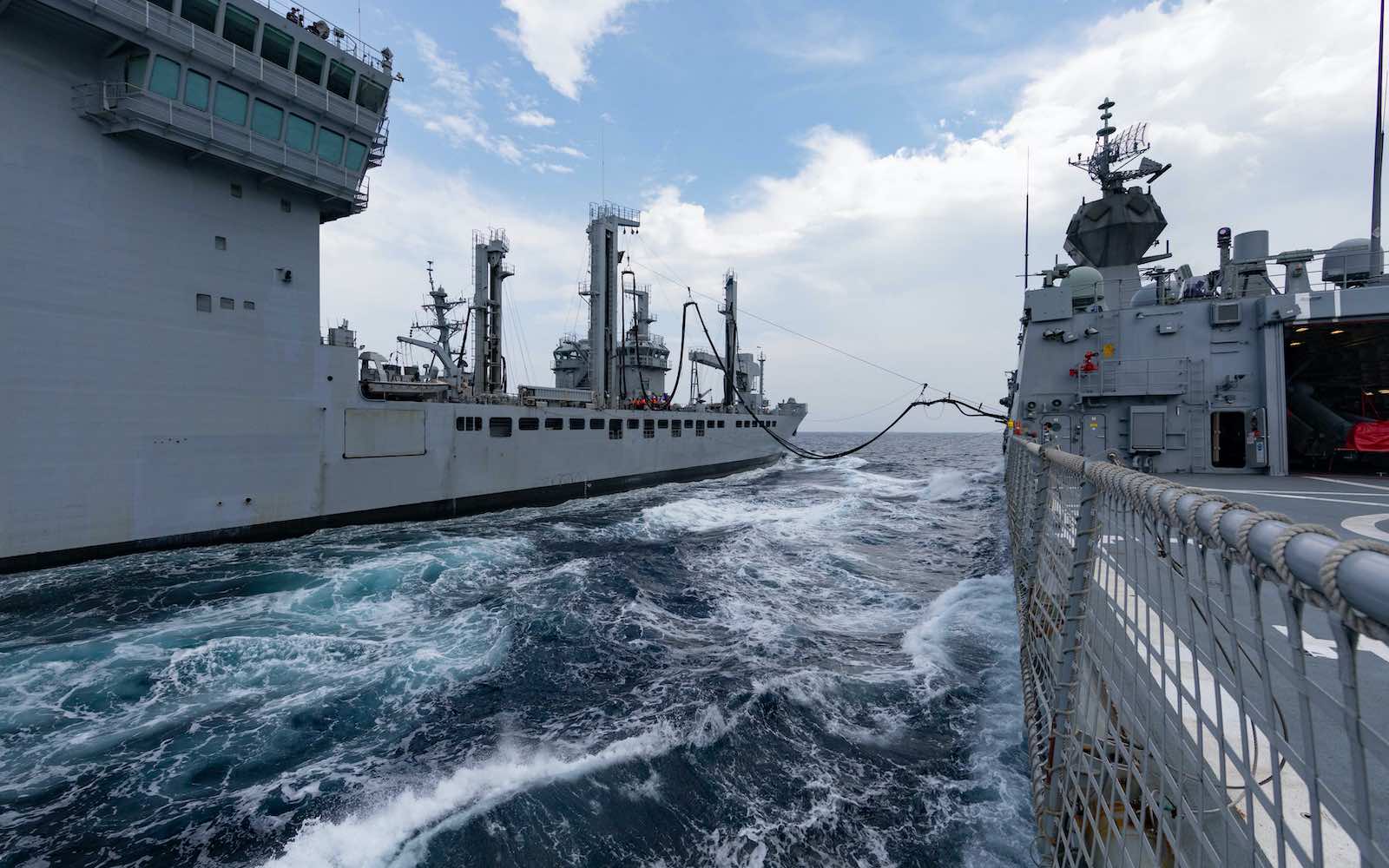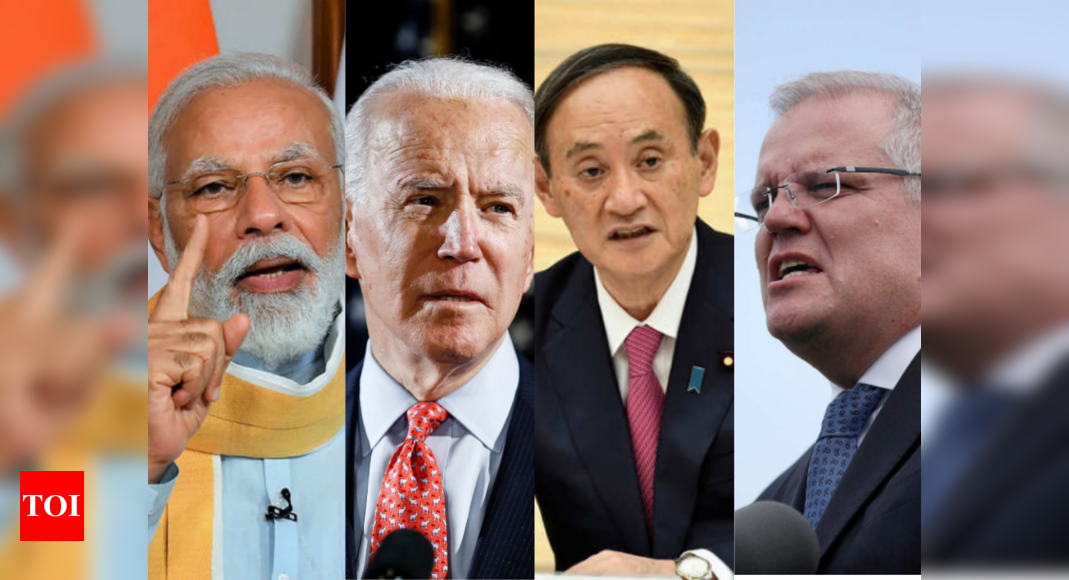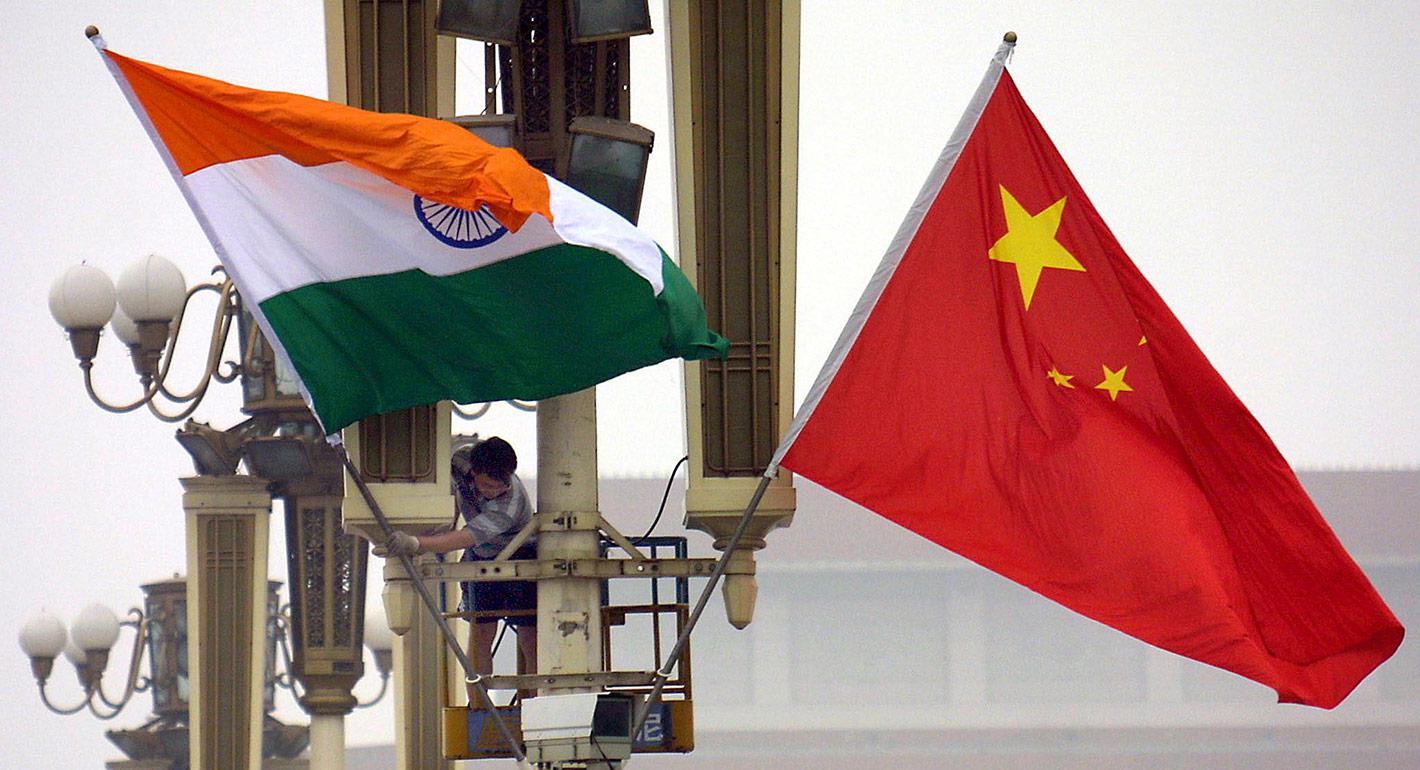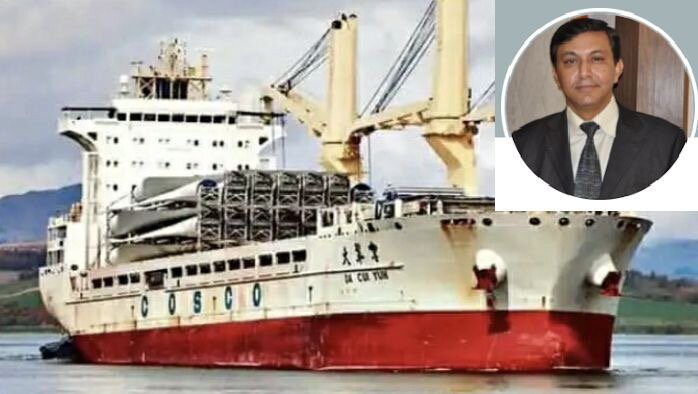Debates over naval policy need to be mounted with a full understanding of just what a nation needs to do at sea.

www.lowyinstitute.org
JAMES GOLDRICK SUDARSHAN Y. SHRIKHANDE
Debates over naval policy need to be mounted with a full understanding of just what a nation needs to do at sea.
In recent years – and for good reason - the strategic commentariat in both Australia and India has become increasingly concerned with the rise of China’s maritime power and the potential threat that this development poses for both nations. How each nation should respond is a difficult problem, and it is an important debate which needs to be had. However, some otherwise thoughtful contributions have grave flaws in their
arguments and the
national actions they
propose.
The key problem lies in repeated suggestions that India and Australia should each adopt a “sea denial” strategy to deter China and structure their maritime forces accordingly. This essentially simplistic approach is unsound. It firstly too often reflects a landsman’s idea of the world, confusing mechanisms for the domination of land areas with what is needed at sea.
The sea is a dynamic medium. It cannot be garrisoned. Although terms such as “sea control” and “sea denial” have the potential to mislead the inexperienced, neither relates to dominion over an area of water for its own sake, but to the ability to use (ie. control) or prevent the use of (deny) the sea.
Whether national tasks relate to sea denial, sea control or power projection, it is important not to confuse the instruments with their use.
These assessments are right to suggest that national force structures should be capable of denying China the use of the sea in either of our countries’ maritime approaches. However, the ability to achieve such a condition, while it may be necessary, will never be sufficient for either India or Australia. Both are maritime-dependent countries which cannot cleave purely to a sea denial strategy. Energy imports alone will require both the degree of sea control necessary to ensure safe passage of oil and gas, and for the continuing operation of each country’s armed forces. In Australia’s case, this will notably include the aviation fuel, which cannot presently be refined onshore.
Furthermore, both India and Australia need to maintain the capability to deploy intervention forces around their areas of direct strategic interest. Such “maritime power projection” is the third naval role, enabled by sea control. As the last 40 years have demonstrated, such interventions – which even in peacetime may span the gamut from disaster relief to preventing state failure – largely have to be made from and supported by sea operations.
Since China is perhaps the glue as well as the trigger for efforts at more effective maritime partnerships in the Indo-Pacific, it is important to understand the contexts of sea denial and sea control. Ironically, China is in much the same situation as India and Australia, albeit on a greater scale, but terms such as “anti-access, area denial” (A2AD) have served to muddy that picture. China looks to have geared itself well for A2AD within its first two island chains, but its intent, particularly within the first chain and increasingly further afield, is to achieve not only sea denial, but sea control. For this, China will use its navy, air and missile power and expeditionary capabilities all tied together with space and cyber instruments. In the back office, so to speak, is nuclear deterrence, to attempt to keep any conflict contained within the non-nuclear domain.
China would be very interested in continuing to “use” most if not all the Indian Ocean for its trade, and especially its energy flows. So would India and Australia. Thus, the underlying strategic drivers are about competing sea control, of which sea denial is a concomitant activity.
Ships from the Royal Australian Navy, Indian Navy, Japanese Maritime Self-Defense Force and US Navy sail in formation during Exercise Malabar 2020 (US Pacific Fleet/Flickr)
The distinction becomes clearer with
two cases from the Second World War. In the North Atlantic, Germany ran an intense, long, and hard-fought sea denial campaign using submarines, shore-based aircraft and even battleships (the surface raiders had limited success), while not having to use that ocean for themselves. The Allies, of course, desperately needed the Atlantic to ship supplies and reinforcements from the Americas, first to keep the United Kingdom alive and then to support the Soviet Union and mount a series of amphibious invasions of North Africa and Western Europe. In the Mediterranean, on the other hand, the Axis and the Allied powers both needed to have varying degrees of sea control through much of the war, in each case principally to support land campaigns in North Africa, even as they tried to deny use of the sea to each other.
Were a conflict to take place between China and India (or Australia, for that matter), “strategies of denial” would in fact be part of a multidimensional fight to compete for sea control. Thus, to deter a conflict from escalating into a larger one – and to fight effectively if events moved to a shooting war – a “balanced force” is vital. The term is much abused by both its proponents and its critics. But “balanced” does not describe a navy, or a whole defence force, which has “something of everything”. Rather, it means a force which not only provides the most possible options to government from the resources it makes available, but also effectively spans the full range of tasks on which first national survival and then key national interests depend. What creates that balance could be very contextual, but future sea power will demand a force that includes other dimensions, such as air, land, space and cyber, and not merely a balanced fleet.
Constantly changing technology only “deepens the mist which hangs over the next war”.
Whether national tasks relate to sea denial, sea control or power projection, it is important not to confuse the instruments with their use. The ongoing debate in India portrays two sides of a fallacious
argument: that aircraft carriers are for sea control, while submarines are for sea denial. In Australia, the dichotomy can be
presented as being between large surface combatants and smaller, potentially autonomous units. Yet a submarine, the classic tool of sea denial, can also contribute to sea control, acting as a barrier against enemy forces and preventing them closing with their intended targets. That control, in turn, can allow power projection as and where needed. Furthermore, submarines with land-attack missiles can project power in classical naval terms. At the extreme of power projection (and this is now the case for India), a ballistic missile submarine can serve as a strategic deterrent.
There are, and always have been, legitimate concerns over the form of naval force structures and the allocation of the available funds to particular capabilities. Constantly changing technology only “deepens the mist which hangs over the next war”, as maritime strategist Julian Corbett
wrote of the potential of submarines more than a century ago. But debates over such aspects of naval policy need to be mounted only with a full understanding of just what a nation needs to do at sea.
For maritime nations such as Australia and India with many challenges and limited resources, that calls not only for great care in selecting the tools but a constant emphasis on achieving flexibility and utility across a range of contingencies.












